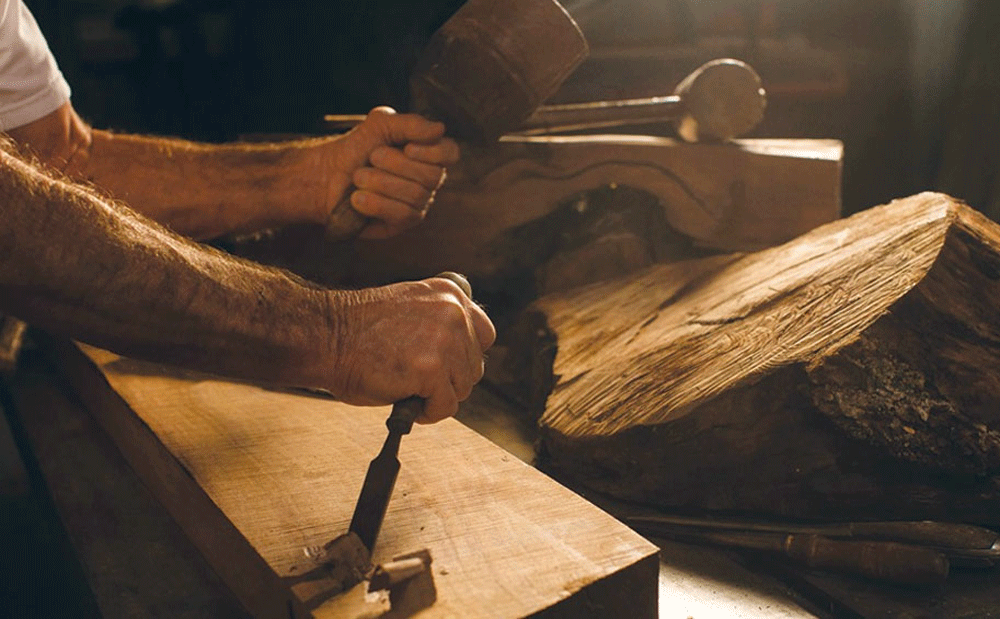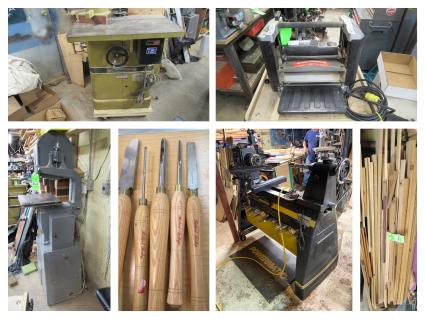
Woodwork beginners often struggle with the exact same issues: lack of confidence and patience as well as poor work quality. But these basic tips can make all the difference. Listed below are 15 important tips on woodworking with pallets. Each tip will help you improve your results. Using a power saw is a good example of this problem. The other tips for woodworking with pallets are also simple but very effective. You can use duct tape to keep your workpiece from touching the bench when you finish.
15 essential tips for pallet woodworking
Here are some essential tips for pallet woodworking before you get started. This type of wood can be dangerous so make sure you have safety gear on hand and a stable work surface. Use wood clamps to hold the pallet in place while you are cutting. Be sure to follow all safety precautions for each tool. It's best to avoid getting your fingers or hands dirty when working with pallet wood.
It can be hard to remove a pallet. Avoid getting entangled in a pile of nails and scraps. This will make it easier to work faster. You should use thick gloves and eye goggles to protect your eyes from injury. After disassembling the pallet, it is important to store the wood according a its size and colour. A damaged pallet will cause the nails to stick out and create a large hole in your wood.

Power saws
There are many options for power saws to help you get started in woodworking. Some are small and simple, while others are much more powerful and can be used for more elaborate tasks. There are pros and cons to each type of tool, so it is important that you decide what kind you need before you buy. There are two types of power saws, the table saw or the jigsaw. Table saws are great for cutting both wood and plastic materials.
A portable saw is essential for any toolbox. Using a portable saw allows you to get a clean cut without the mess or hassle of a table saw. If you need to cut quickly and accurately, a powersaw is the best choice. Safety is important when using power saws. Be sure to learn about proper blade care, and how to use protective gear.
Finishing your job by removing workpieces from the bench.
While finishing workpieces, it is important to keep them off the surface of your workbench. Finishing woodwork can be done on a workbench. It is best to keep workpieces away from the surface. A shiny finish on a workbench will cause your workpieces to slide across the surface, and can crack when you hit it with a tool. Danish Oil, an oil/varnish mixture sold under the name of Danish Oil, is a good choice. Also, boiled Linseed Oil is a good alternative. Windows can shine light onto a wall that holds up a workbench.
Using duct tape on the back of thin sandpaper
When it comes to sandpaper, there are several different types available. Some are cloth-backed, while others have PET film or fiber backings. Backings can be attached to the paper, or they can create their own support structure. A flexible backing is preferred for irregular surfaces. A rigid backing can cause damage to the paper and result in a rougher surface.

If you're looking for a quick and inexpensive way to make your sandpaper more flexible, you can use a piece of old duct tape on the back of a thin sheet of sandpaper. These strips can be used to sand spears, dowels, and staffs and can easily be cut to any shape.
FAQ
What tools should I start with when becoming a woodworker?
Woodworking is an art that takes patience and practice. It takes time and practice to master the various techniques and tools required for woodworking.
There are many different types of woodworking equipment available on the market today. Some prefer power tools while some prefer hand tools.
It's your choice. But you should ensure that you pick the right tool. A basic set of hand tools may be enough for you if your skills are not yet developed.
You might also want to learn how a router works, which allows you to cut wood into intricate shapes. These tools can be purchased at most hardware stores.
Do I have the potential to make a decent living doing this?
Yes! In fact, most woodworkers already have it. According to the U.S. Bureau of Labor Statistics' (BLS), in May 2012 the median annual wage of woodworkers was $34,000 This is significantly higher than the national average, which is $31,000 per year.
What material would you recommend to start learning woodworking?
Start with softwood like pine, poplar and ash. When you feel confident with these two, move on towards hardwood.
Statistics
- In 2014, there were just over 237,000 jobs for all woodworkers, with other wood product manufacturing employing 23 percent; wood kitchen cabinets and countertop manufacturing employing 21 percent. (theartcareerproject.com)
- If your lumber isn't as dry as you would like when you purchase it (over 22% in Glen Huey's opinion…probably over 10-15% in my opinion), then it's a good idea to let it acclimate to your workshop for a couple of weeks. (woodandshop.com)
- The best-paid 10 percent make $76,000, while the lowest-paid 10 percent make $34,000. (zippia.com)
- Overall employment of woodworkers is projected to grow 8 percent from 2020 to 2030, about as fast as the average for all occupations. (bls.gov)
External Links
How To
How to drive a nail through wood
The first step in driving a nail into wood is to choose the correct size and type of hammer. The most common types of hammers are claw hammers, sledgehammers, mallets, ball peen hammers, and hatchets. Each type of tool has its advantages and drawbacks. A claw hammer, for example, is the best choice if you need to hit nails hard. However, it's not easy to know exactly where the impact will land. Although a sledgehammer can be used to hit large areas quickly, it is too heavy to be useful for small tasks.
After selecting the right hammer, you will need to place your hand flat against one side of the head. The handle should rest comfortably in your hands. You can grip the handle with your fingers, but not so tight that it causes injury. Keep your wrist relaxed and the hammer straight up. Then swing the hammer back toward the ground, aiming for the center of the nail. You should feel the impact on the nail from the hammer. Try swinging a hammer using a block wood to practice until you are comfortable.
The hammer should be held close to your body when you are ready to begin driving the nail. To ensure that the nail is perpendicular on the surface of the wooden floor, position it. Keep your eyes focused directly on the tip of the nail. Swing the hammer forward, and then move the hammerhead. Keep doing this until you are comfortable with the swing. Once you've mastered the technique, try adding power to your swings. To make it more powerful, hold the hammer up high to your shoulder and then bring it down. This way, you'll be able to put more energy behind your blows.
After you have nailed the hole, take the hammer off the nail. Use a pry bar or screwdriver to pull out the rest of the nails. Keep the nails heads in line with the surface of the board to prevent splitting the wood.